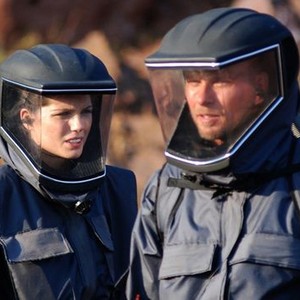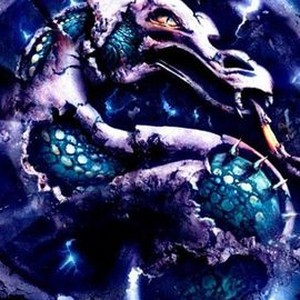

If the 2010s is the decade of the franchise, then Skyfall is the film of the decade. Its emotional power cannot be overstated. Kubo and the Two Strings is beautiful, wise, and overwhelmingly poignant.

This resolution is important because the film is aimed at children and about the stories we tell children it acknowledges the bittersweet tension between the fact that we tell children made-up stories in order to teach them lessons that are ultimately unattainable, but that the quest to achieve them is what makes life worth living.

Together.” And then to grant Kubo’s wish, the film ends with a heartbreaking image of Kubo and his ghostly parents standing alongside the river looking into the lens of the camera, essentially saying that this is not real, but aching for it to be so. So I can say this has been a happy story, I could feel it. I don’t know exactly what the rules are or how this works, but if there were any way to. He directs his final words to his dead parents and illustrates a heartbreaking reality about the disconnect between life and stories: “This was a happy story, but it could still be a whole lot happier. The film closes with Kubo ending that story. Kubo and the Two Strings opens with narration from Kubo warning the viewer about the film to follow-he is telling a story and asks you to pay attention. The masterstroke of the film is foregrounding the storytelling aspect itself, so that the film is not only about its thematic interests-family, resilience, identity, forgiveness-but about the stories we tell about those essential human concerns. But director Travis Knight doesn’t use the mythological elements of the story simply as a shorthand to generic adventure instead, he treats the story like myth itself, weaving familiar patterns into its fabric in order to tell us truths about the way we forge our identities in relation to those of our ancestors. There’s a mythological aspect to the story of feuding supernatural relatives and the quest for sacred artifacts in order to defeat a fearful god-being-there are elements of Kronos from Greek myth in the Moon King and Kubo is obviously influenced by Hercules, Perseus, and other demi-gods. In one way, Kubo and the Two Strings is a mythical adventure about a demigod, the young Kubo, who seeks three holy artifacts with the help of two magical protectors, Monkey (Charlize Theron) and Beetle (Matthew McConaughey), in order to defeat his evil grandfather, the Moon King (Ralph Fiennes), who seeks to steal his remaining eye and with it his power. However, the film is most powerful not just as a beautifully-animated story, but as a treatise on storytelling itself, especially the stories we tell our children. This is not so much a film that is animated, but a film that seems performed in how hyper-specific and tactile the animation is, with every element calibrated to perfection. For instance, Laika constructed over 40,000 individual facial components to capture over 40 million expressions for the main character, Kubo (Art Parkinson). The animation is also astounding, arguably the peak of stop-motion artistry. To be sure, there is thrilling adventure in Kubo and The Two Strings as well as surprisingly-effective comedy (largely a result of Matthew McConaughey’s inspired voicework). Laika, which has been making stop-motion feature films since 2009’s Coraline, made the film of the decade in 2016’s Kubo and the Two Strings, a little-seen August release that was advertised as a Japanese-influenced adventure comedy. In an era when animated films are the sturdiest studio products out there (the remarkable consistency of Pixar comes to mind), smaller animation studios like Studio Ghibli and Laika are still the best places to find significant artistic works disguised as commercial products.


 0 kommentar(er)
0 kommentar(er)
